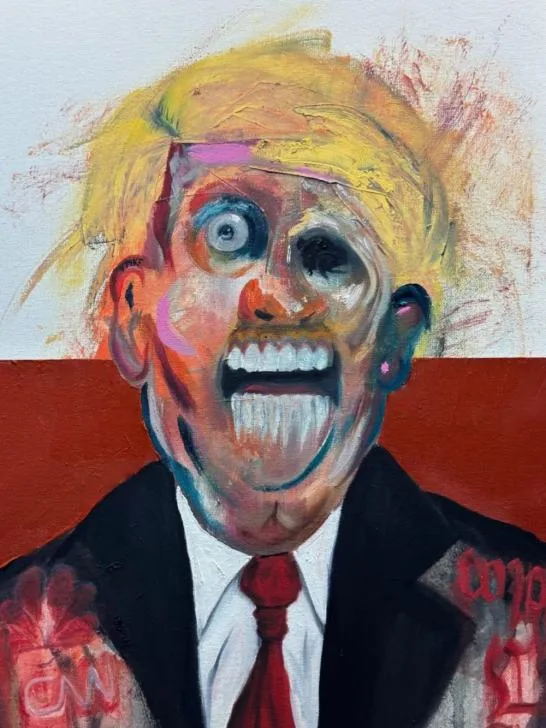What is Expressionism Art?
Expressionism is a modernist movement that emerged in the early 20th century, primarily in Germany, as a reaction against realism and traditional academic art. It is characterized by its focus on the expression of inner emotions, subjective experiences, and the artist’s perspective rather than a faithful depiction of reality. In Expressionism, the artist often distorts forms, exaggerates colors, and employs bold techniques to convey intense feelings and moods.
Unlike movements like Realism or Impressionism, which sought to represent the world as it is or capture fleeting moments, Expressionism delves into the emotional depths of human experience. The movement gained traction during periods of social upheaval, reflecting themes of alienation, anxiety, and despair, but also hope and spirituality.
A Brief History of Expressionism
Expressionism first gained prominence around the 1900s, particularly in Germany, with artists forming groups such as Die Brücke (“The Bridge”) in Dresden and Der Blaue Reiter (“The Blue Rider”) in Munich. These groups sought to break away from conventional art norms and explore more personal, emotional, and spiritual dimensions.
- Die Brücke: Founded in 1905, this group included artists like Ernst Ludwig Kirchner, Karl Schmidt-Rottluff, and Emil Nolde. They emphasized raw emotion, primitivism, and bold, angular forms in their works.
- Der Blaue Reiter: Founded in 1911 by Wassily Kandinsky and Franz Marc, this group focused on spiritual and abstract themes. Kandinsky, in particular, is credited with creating some of the earliest purely abstract works in Western art.
Expressionism also influenced literature, theater, cinema, and music, making it a multidisciplinary movement. Films like The Cabinet of Dr. Caligari (1920) embody the distorted and emotional aesthetic of Expressionism.
Characteristics of Expressionism Art
Expressionist art is not about what the world looks like but how it feels. Here are some defining characteristics:
- Exaggerated Colors: Expressionists often used intense, unnatural colors to evoke emotion. For example, red might symbolize passion or anger, while blue might convey melancholy.
- Distorted Forms: Figures and objects are often warped or abstracted to emphasize emotion rather than realism.
- Dynamic Brushstrokes: The application of paint is often vigorous, textured, and expressive, emphasizing the artist’s emotional state.
- Subjectivity: Expressionist art is deeply personal, reflecting the artist’s inner world and emotions rather than external reality.
- Themes of Alienation and Emotion: Many Expressionist works explore themes like isolation, existential dread, and emotional intensity, often as a response to the societal changes of the time.
Notable Expressionist Artists
Several iconic artists have shaped Expressionism, leaving an indelible mark on art history:
- Edvard Munch: His painting The Scream (1893) is one of the most famous examples of Expressionism, capturing existential angst and psychological turmoil.
- Wassily Kandinsky: A pioneer of abstract art, Kandinsky’s works like Composition VII explore the spiritual and emotional power of color and form.
- Franz Marc: Known for his colorful, symbolic depictions of animals, such as The Large Blue Horses (1911), Marc sought to express spirituality and harmony.
- Egon Schiele: Schiele’s works often feature raw, emotional self-portraits and provocative figure studies, reflecting themes of vulnerability and mortality.
- Käthe Kollwitz: Her powerful lithographs and woodcuts explore themes of social injustice, war, and grief, making her a significant voice in the Expressionist movement.
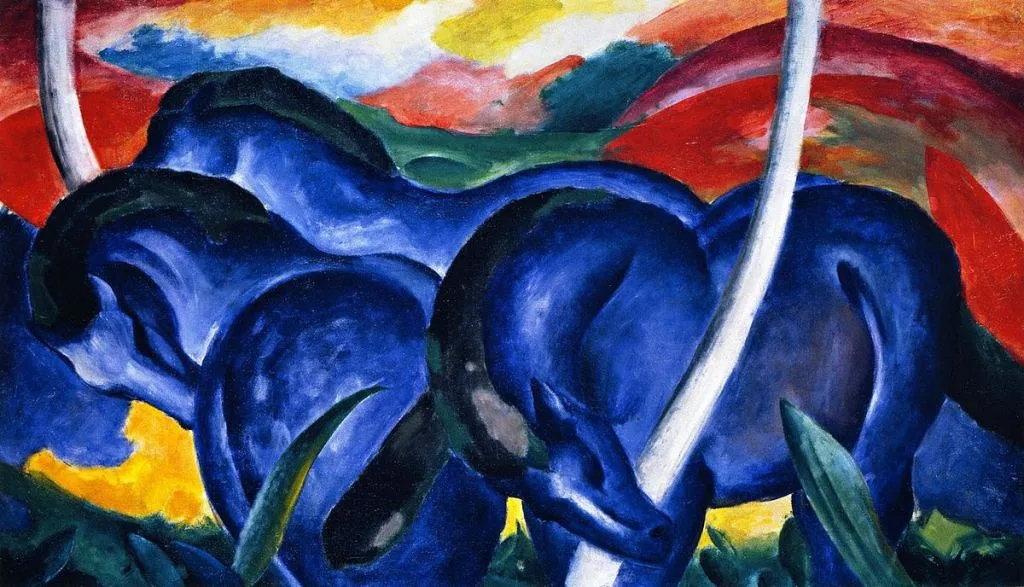
The Whole Idea Behind Expressionism
At its core, Expressionism is about truth—specifically, emotional and psychological truth. It strips away the veneer of objective reality to reveal the raw, often uncomfortable emotions beneath. The movement was born out of a desire to communicate the human condition in all its complexity, from joy and wonder to despair and alienation.
Expressionism also served as a critique of industrialization and modernity, which many artists saw as dehumanizing. Through their works, they sought to reconnect with spirituality, nature, and the primal aspects of human experience.
In today’s context, Expressionism continues to inspire artists to prioritize authenticity and emotion over technical perfection. It invites viewers to engage with art on a deeply personal level, interpreting works through the lens of their own emotions and experiences.
How to Start Creating Expressionist Art
For beginners, Expressionism offers a liberating way to explore art. You don’t need technical mastery to start—just a willingness to express your emotions and experiment with colors, shapes, and textures. Here are some tips:
- Focus on Emotion: Choose a mood or emotion to guide your artwork. Think about how you can convey this feeling through color, form, and composition.
- Experiment with Colors: Don’t be afraid to use bold, exaggerated colors that reflect your emotional state rather than the actual colors of your subject.
- Distort and Abstract: Remember, realism isn’t the goal. Experiment with distorting forms or simplifying shapes to highlight emotion.
- Play with Texture: Use thick brushstrokes, palette knives, or mixed media to add texture and energy to your work.
- Be Bold and Intuitive: Let go of self-consciousness and paint intuitively. Expressionism is about expressing yourself, not about creating something “perfect.”
Inspiration Gallery: 20 Expressionism Art Ideas for Beginners
If you’re ready to dive into Expressionism but don’t know where to start, here’s a gallery of ideas to spark your creativity:
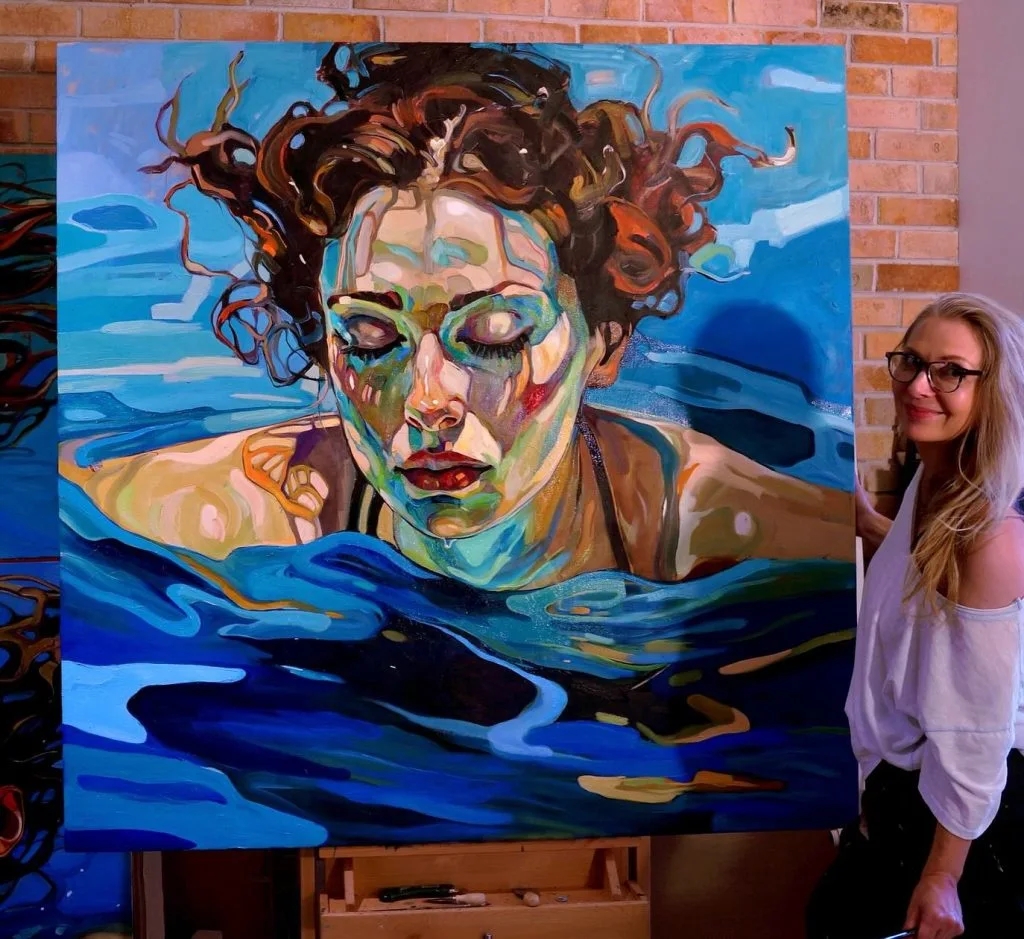
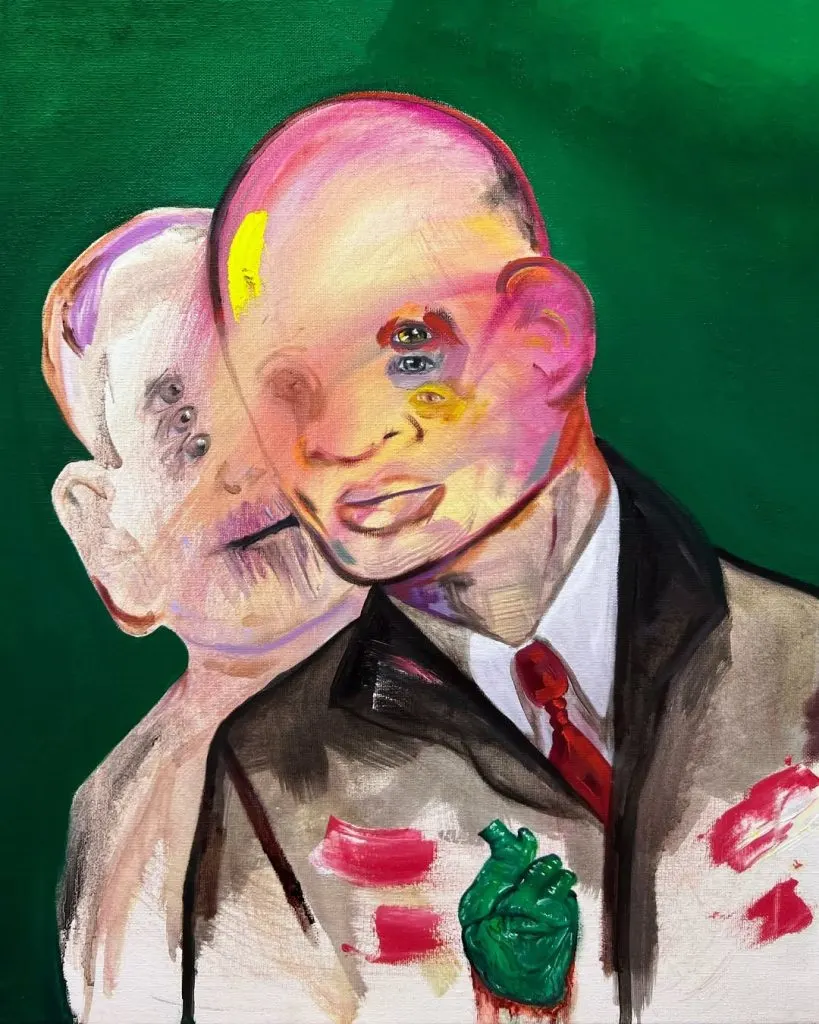
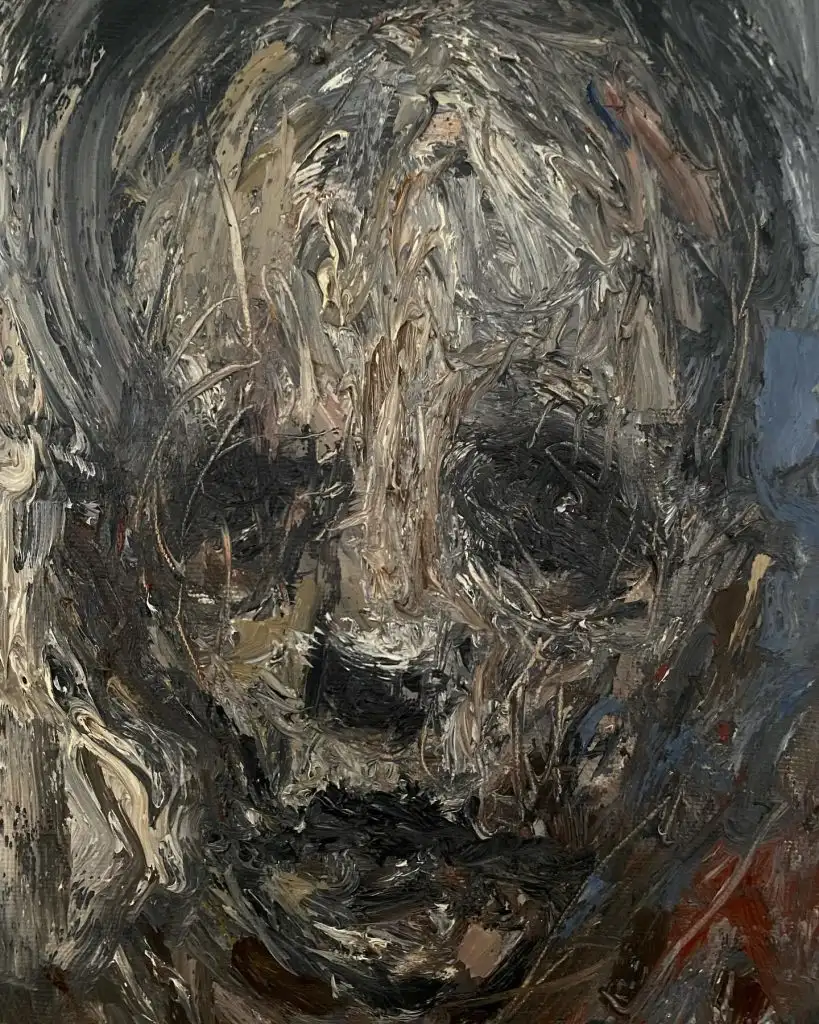
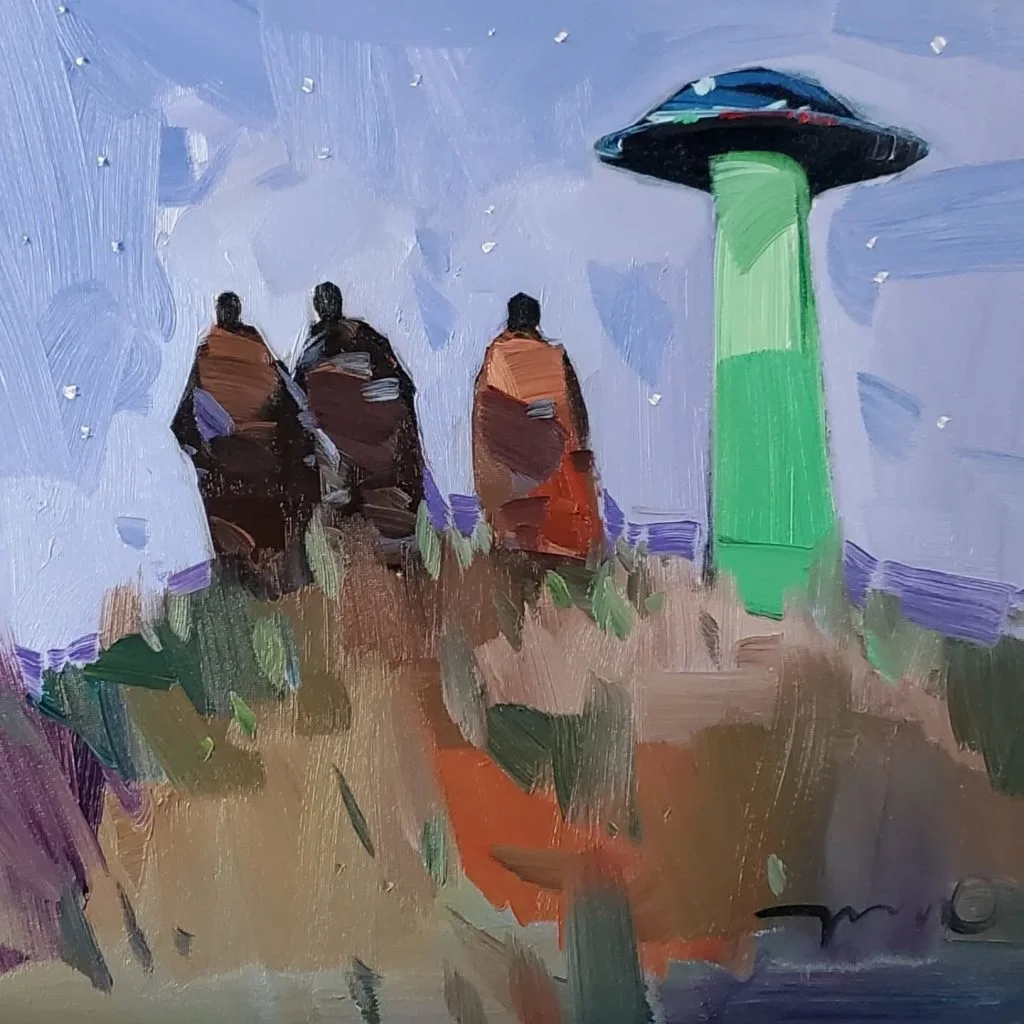
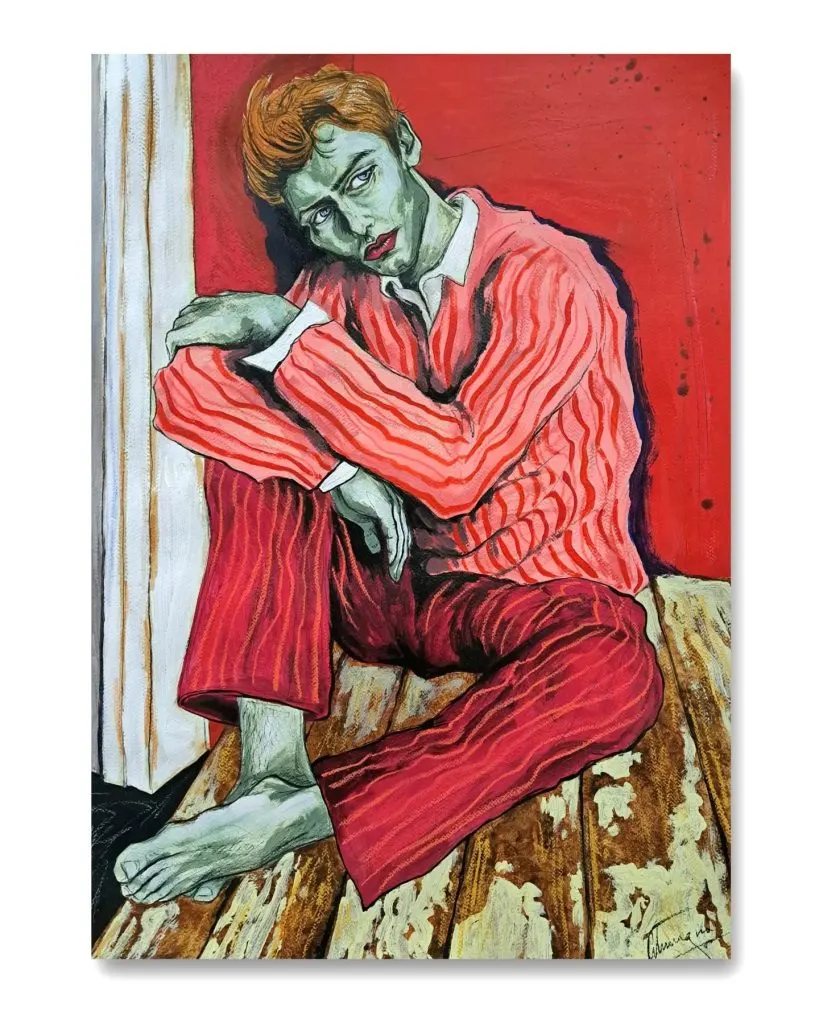
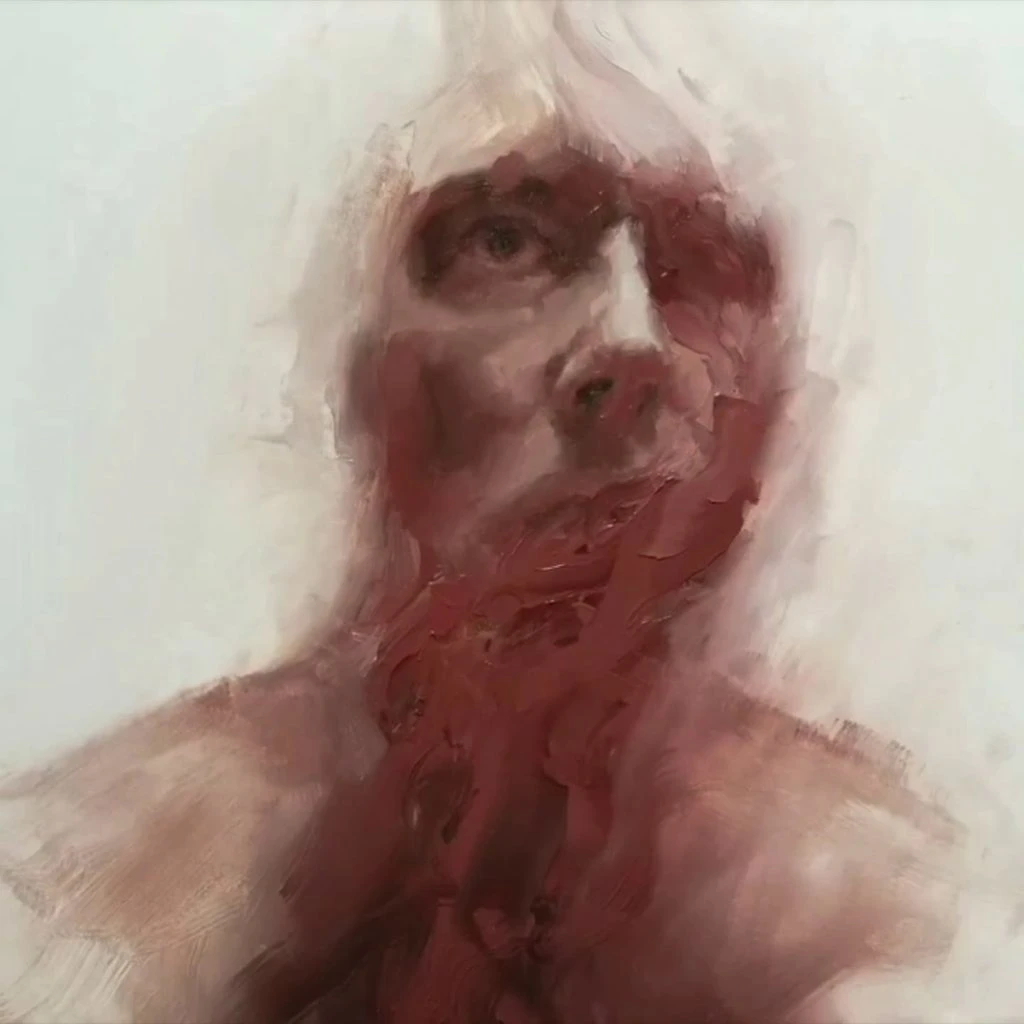
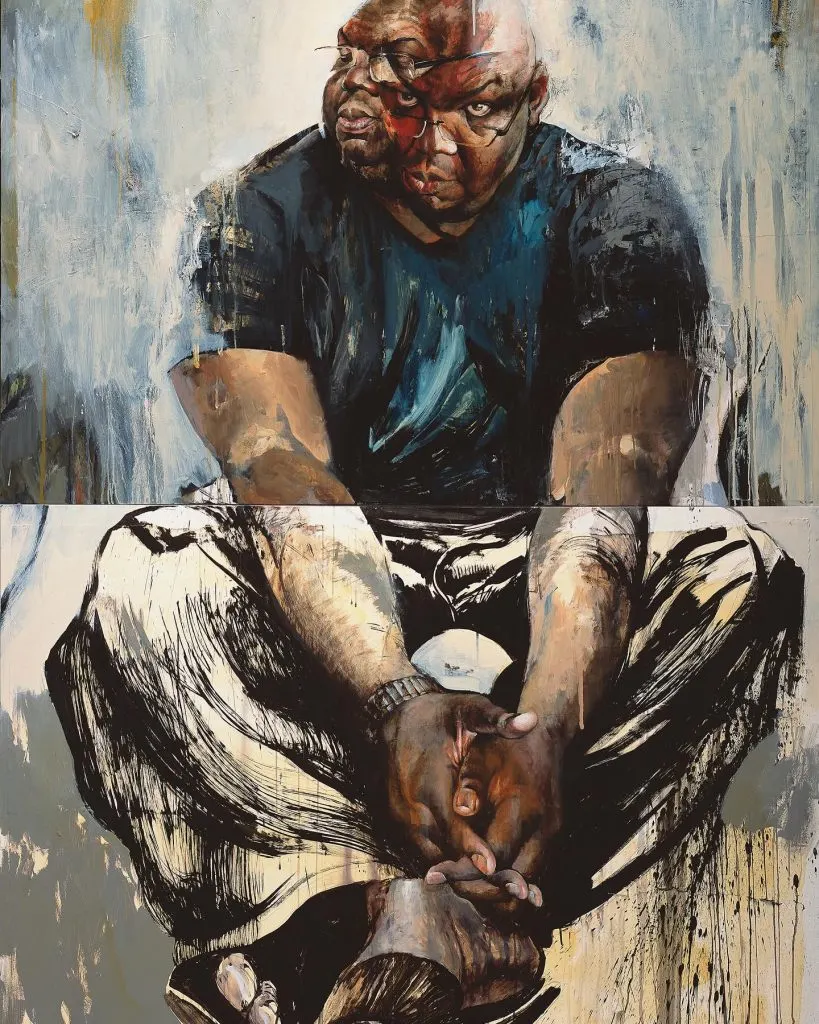
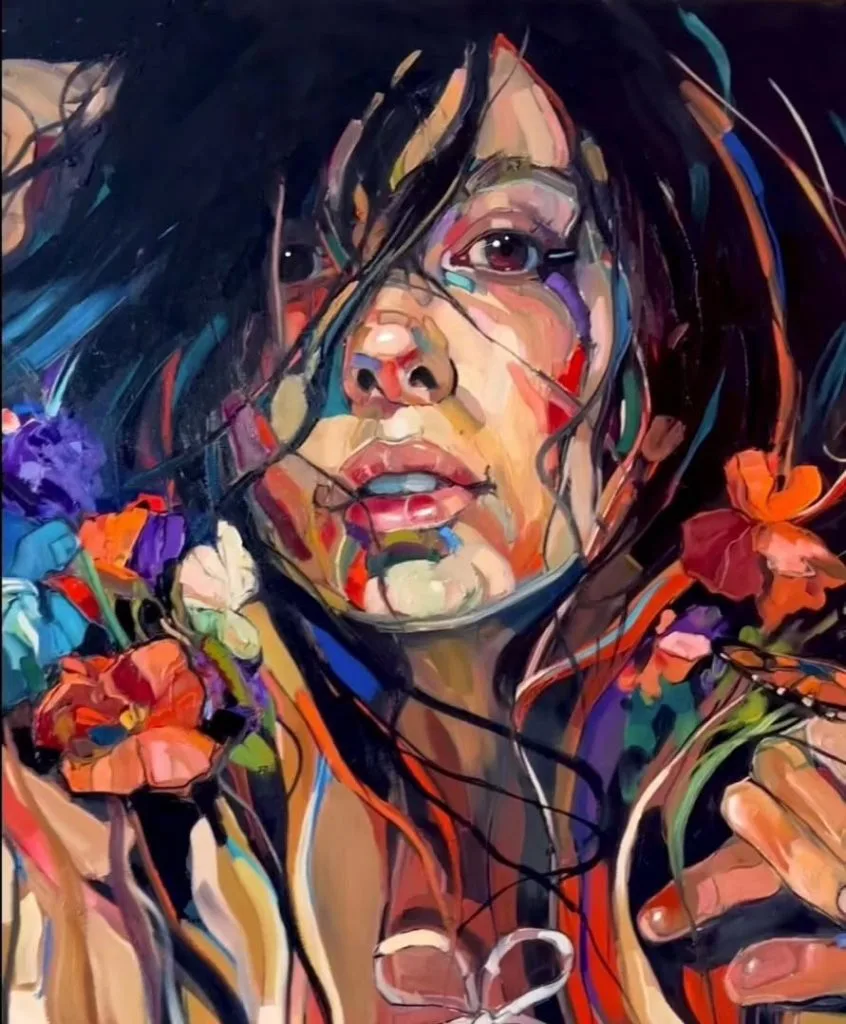
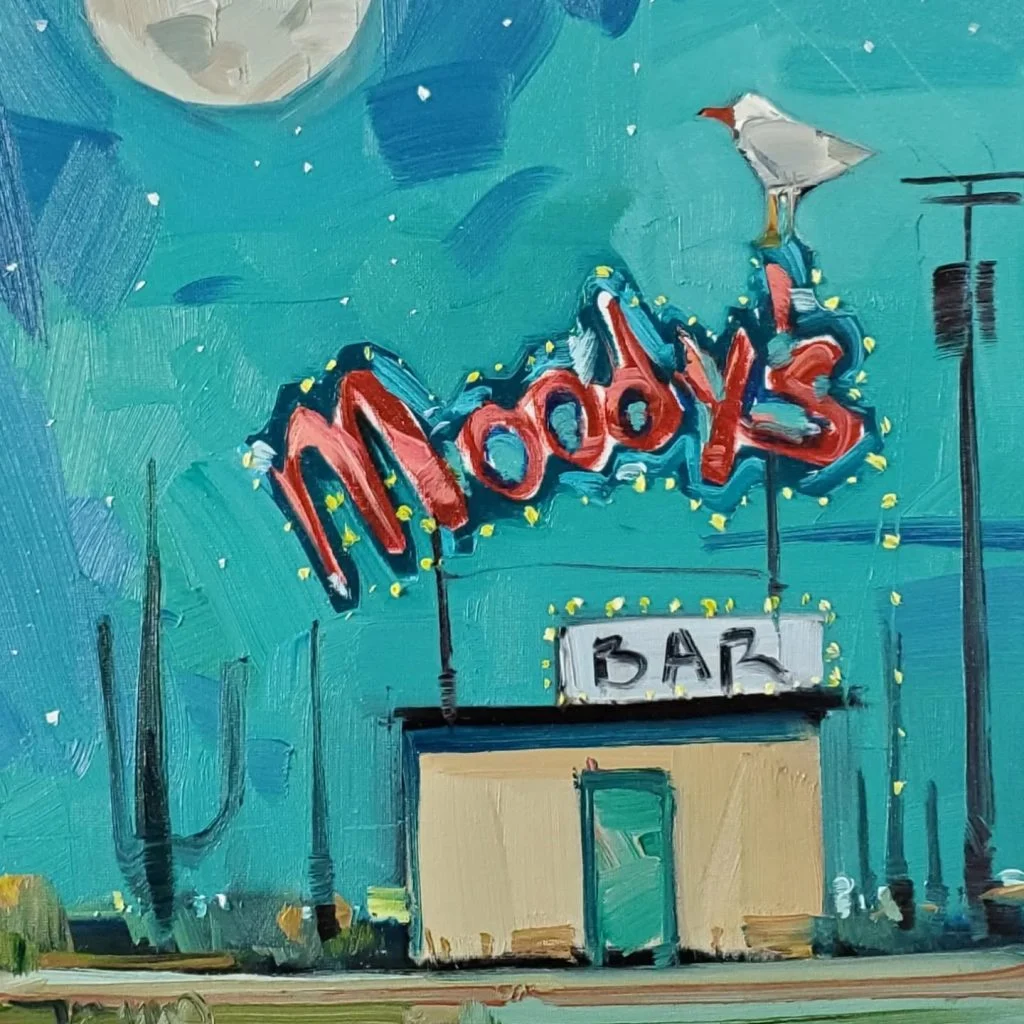
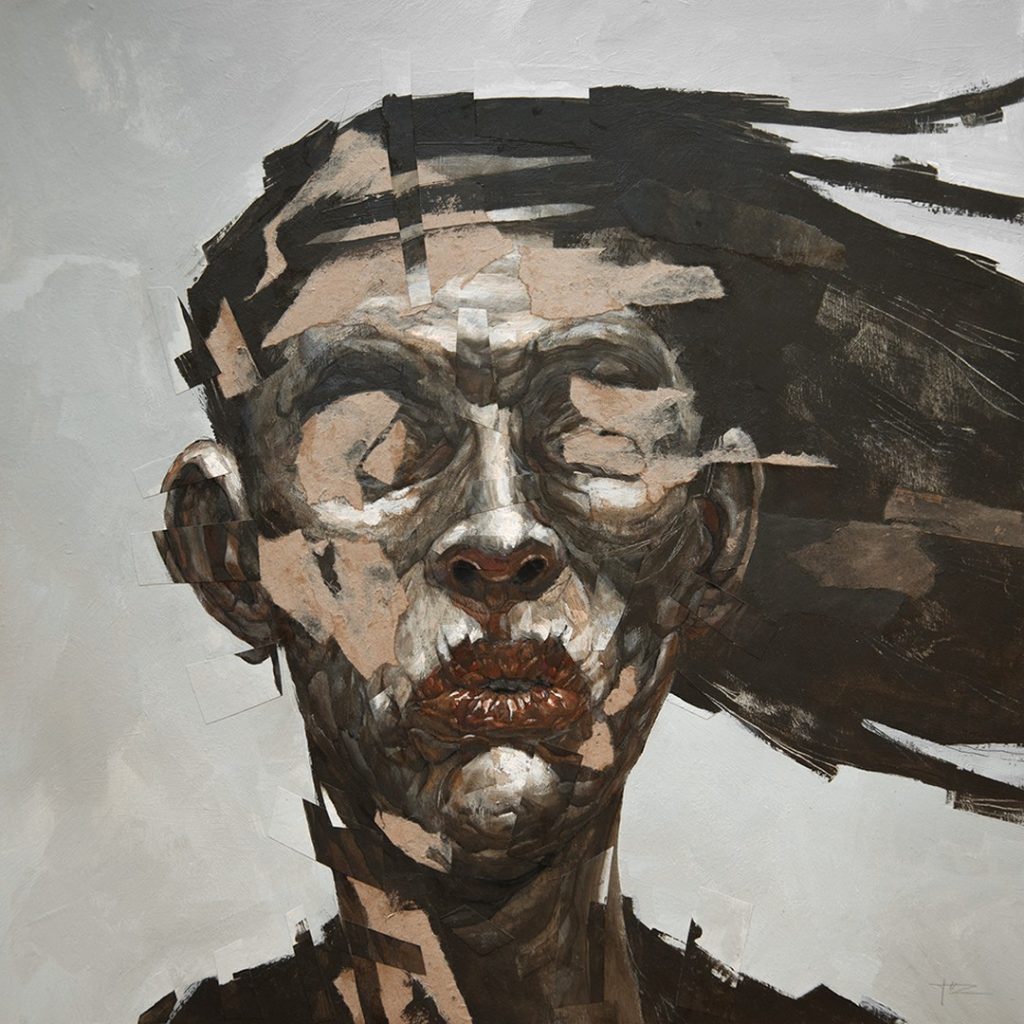
See Cubism Art
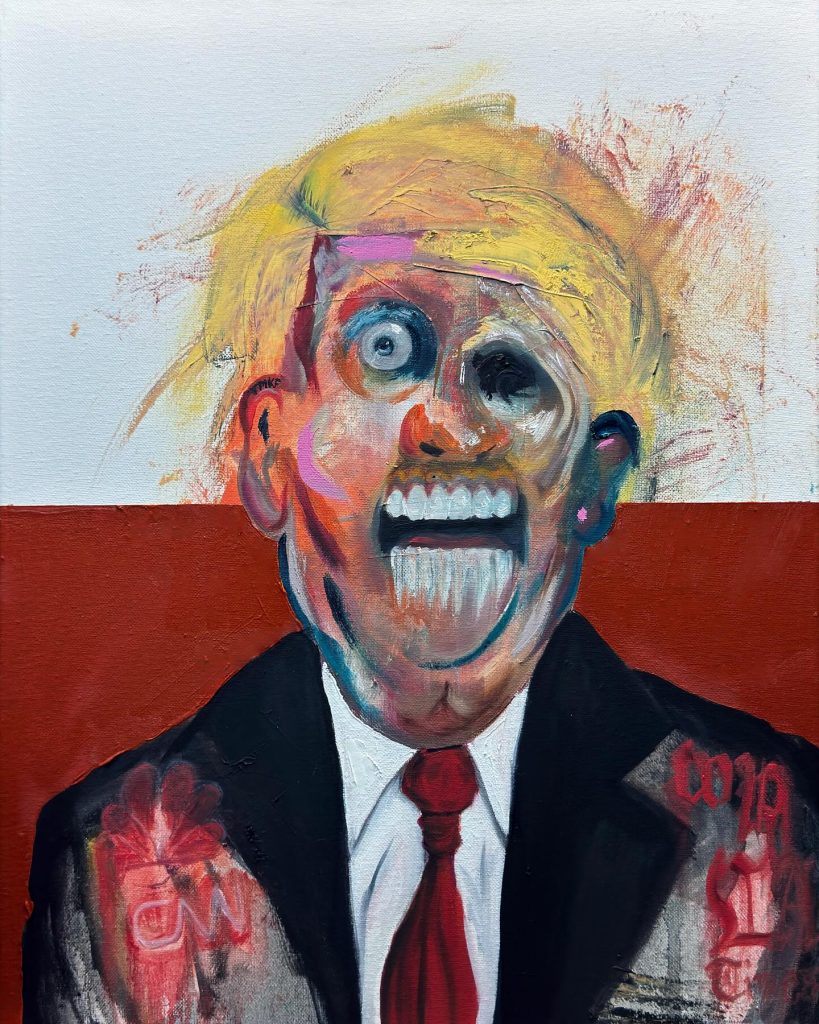
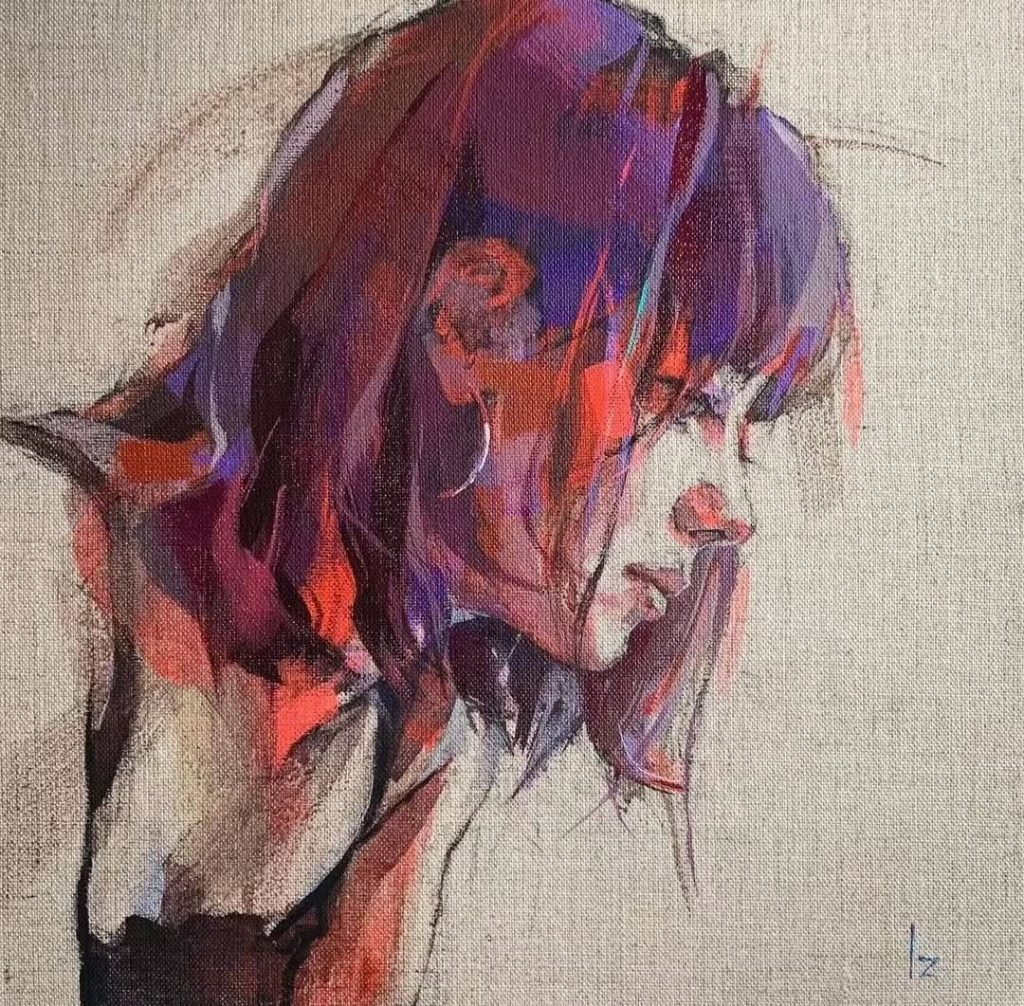
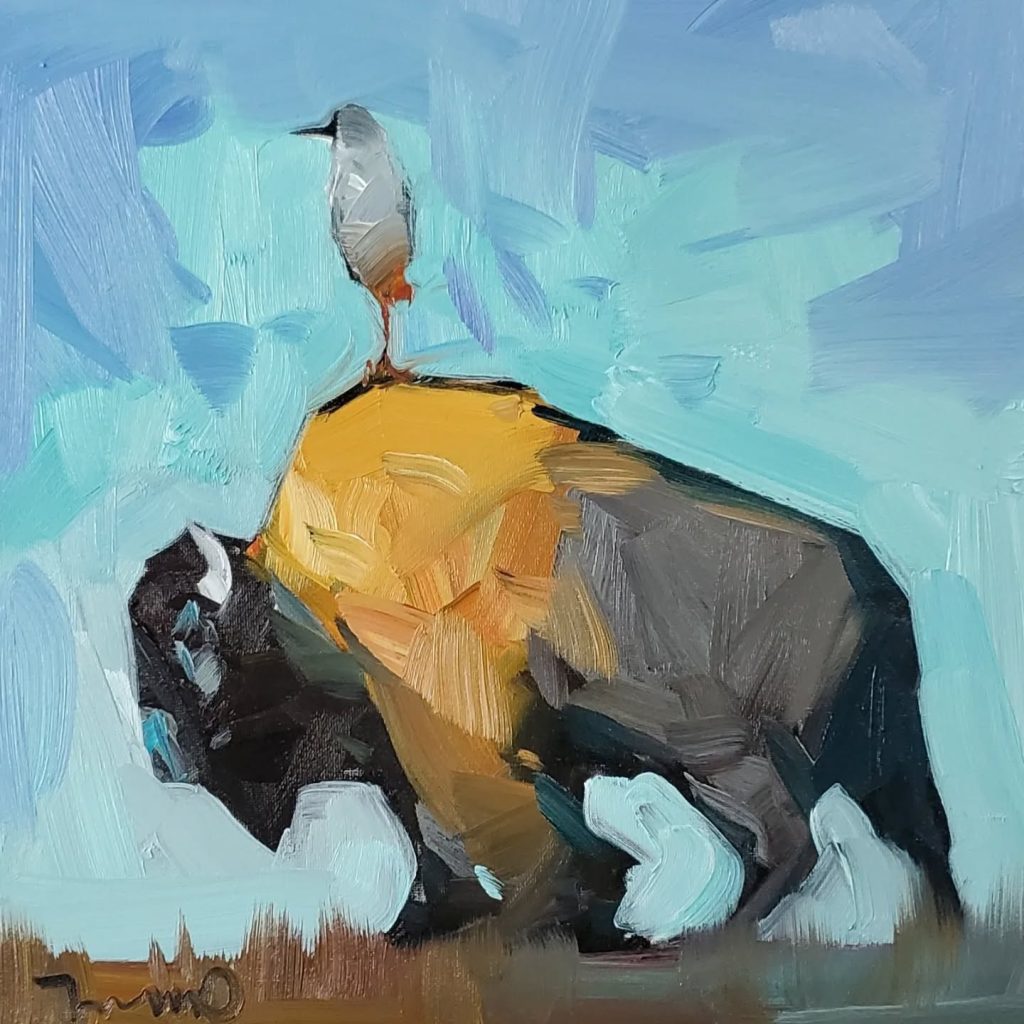
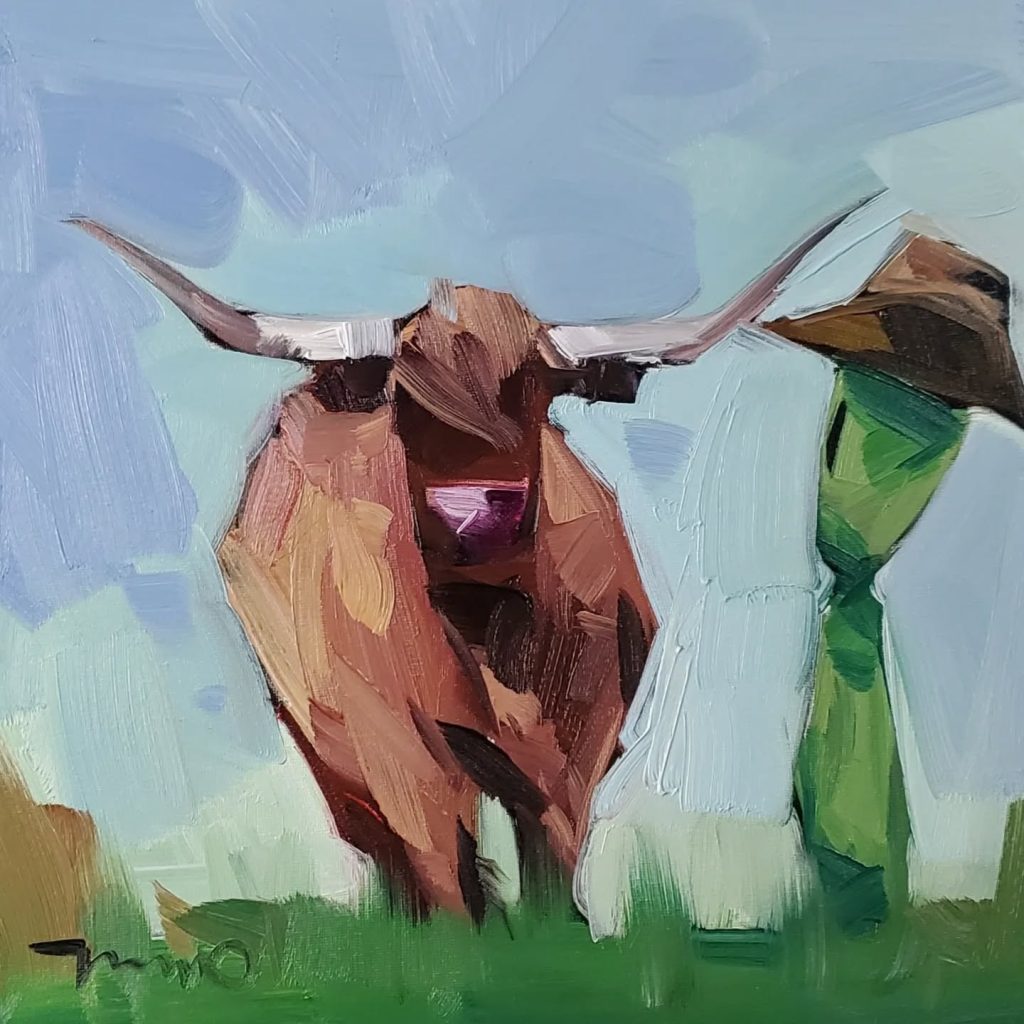
Expressionism is an art form that invites you to connect with your emotions and express them boldly. Whether you’re an aspiring artist or an admirer, diving into this movement can be an enriching journey. Use the gallery above as a starting point to explore your creativity, and let your emotions guide your brush. Happy painting!

